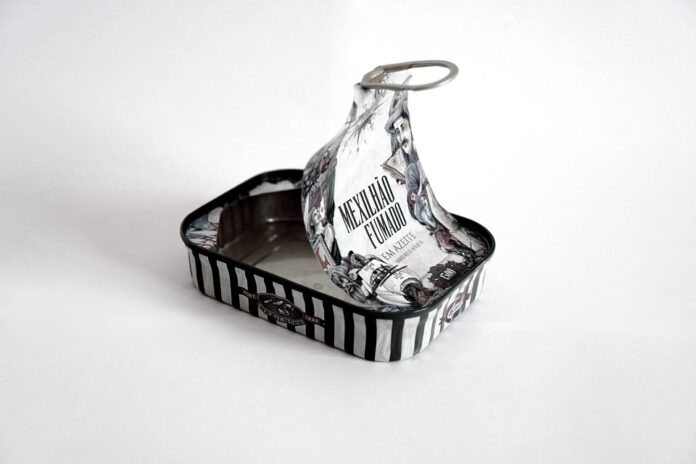Introduction
In the packaging industry, aluminum and tinplate are two of the most commonly used materials for canned vegetable and meat packaging. These materials offer a range of benefits such as durability, versatility, and the ability to protect the contents from external elements. This report will explore why aluminum and tinplate dominate in canned vegetable and meat packaging, providing insights into the financial aspects, industry trends, and key players in the market.
Aluminum in Canned Packaging
Benefits of Aluminum
Aluminum is known for its lightweight nature, which makes it ideal for packaging applications. It is also highly resistant to corrosion, ensuring that the contents of the cans remain fresh and uncontaminated. Additionally, aluminum cans are easily recyclable, making them a sustainable choice for packaging.
Market Share and Financial Data
According to a report by Grand View Research, the global aluminum cans market size was valued at $28.6 billion in 2020 and is expected to grow at a CAGR of 3.5% from 2021 to 2028. The increasing demand for convenient and on-the-go food products has been a key driver for the growth of the aluminum can market.
Key Players
Some of the key players in the aluminum can market include Ball Corporation, Crown Holdings Inc., and Ardagh Group. These companies are known for their innovative packaging solutions and strong presence in the global market.
Tinplate in Canned Packaging
Benefits of Tinplate
Tinplate is a type of steel coated with tin, making it highly resistant to corrosion. This makes tinplate cans ideal for packaging acidic food products such as tomatoes and citrus fruits. Tinplate cans also have a shiny appearance, making them visually appealing to consumers.
Market Share and Financial Data
According to a report by Mordor Intelligence, the global tinplate packaging market was valued at $15.4 billion in 2020 and is projected to reach $20.4 billion by 2026, growing at a CAGR of 4.5% during the forecast period. The increasing demand for canned food products, especially in developing countries, has been a key factor driving the growth of the tinplate packaging market.
Key Players
Some of the major players in the tinplate packaging market include Thyssenkrupp AG, Tata Steel Limited, and JFE Steel Corporation. These companies are known for their strong distribution networks and focus on product innovation.
Industry Insights
Consumer Preferences
Consumers are increasingly looking for convenient and sustainable packaging solutions. Aluminum and tinplate cans meet these criteria by providing durable and recyclable options for canned vegetable and meat packaging. The lightweight nature of aluminum cans also makes them a popular choice for on-the-go consumption.
Regulatory Environment
The packaging industry is subject to strict regulations regarding food safety and environmental impact. Aluminum and tinplate cans are considered safe for food packaging and are approved by regulatory authorities worldwide. Additionally, the recyclability of these materials aligns with sustainability goals set by governments and environmental organizations.
Conclusion
In conclusion, aluminum and tinplate dominate in canned vegetable and meat packaging due to their numerous benefits such as durability, recyclability, and resistance to corrosion. The financial data and industry insights presented in this report highlight the growth potential of the aluminum and tinplate packaging markets, driven by consumer preferences for convenient and sustainable packaging solutions. With key players continuing to innovate and expand their product offerings, the dominance of aluminum and tinplate in canned packaging is expected to persist in the foreseeable future.




